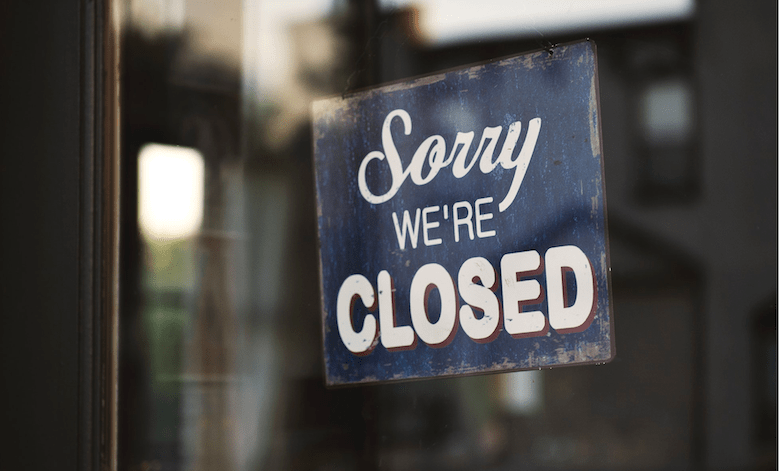Earlier this year, Business Insider reported that almost 4,000 stores in the United States will close. Among those were giant corporate retailers — Toys R Us, Walgreens, and Gap being pointed out by the writer. If the stores with the most competitive prices and widest spread are having trouble, imagine those with a smaller safety net. Imagine your local mom-and-pop shop.
Across the board, technology and e-shopping is often blamed for this decline in sales for physical stores. According to an infographic from Villanova University, Americans in the current day spend around 5 hours a day on their smartphones and compare prices and reviews for products while shopping in store, sometimes only to buy them later from Amazon!
It’s no wonder that people are more hesitant to become entrepreneurs now. But fear not, aspiring entrepreneurs! The story’s not over yet, and there are a few reasons to believe that the physical shopping experience is still alive — and will continue to be that way. But you have to adapt to the changing world as well.
Oh, the Humanity!
According to multiple studies, the majority of shoppers still prefer physical, on-location shopping. This is largely due to the experience of it. People appreciate experience, and guess what? Your customers are people. It’s different than going to a chain store in which people know what they’re going to get. A brick-and-mortar store has its own personality, typically representative of the owner’s personality, aka their personal brand.
People enjoy going out to shop because there’s an experience to be had with it. The atmosphere of the store, the aspect of leaving their home to travel somewhere, and of course (and this may be the biggest one), the opportunity to feel and touch the product in person. Activating a customer’s senses help them to build an emotional and personal relationship with your brand in this way. It’s this human connection that will get people shopping and keep them coming back.
The millennial conscience
Millennials surprised the world a few years ago by proving that a large amount of them are not lazy and spoiled. Instead, we’ve learned that many of them are very socially conscious and full of moral conviction. It’s this moral consciousness that has led droves of them against big business and extreme capitalism. As a small business owner, that puts you in a pretty good spot with them as potential customers.
From this angle, it’s a good idea to get involved in your local community and give back to people like you. If you plan on running a small business, plan on participating in Small Business Saturday. Think about binding together with some other local businesses as well. Hold events that benefit people and communities around you that need help, or that simply bring people together. Not only will you build brand loyalty, but you’ll be doing something worthwhile that moves far beyond you and your business.
Technology is compatible
There are ways to keep up with technology and run a physical storefront. First of all, we live in the app age. People own smartphones — portable computers that fit in their hands and have many functions. Owning an app that’s compatible with your store location gives them a reason to shop with you consistently. Primarily, this app should brings customers to your business through special discounts, but it could also make them aware of new products you have.
To further indulge on this intersection of technology and physicality, having a physical storefront does not mean you should not have an online presence or your foot in the e-commerce game! You can have a website and an online store as well as a physical storefront. You can promote your brand through SEO and social media. Technology does not necessarily mean the demise of brick and mortar — it means the changing of it. Be proactive.
The entrepreneurial spirit
The acceptance and help of humans is important, but we can’t forget that entrepreneurs have kept hopeless industries alive for years by innovating on what was already there before. It requires intelligence, risk taking, and drive, as well as the ability to adapt to the present time. The choices surrounding products stocked, inventory ordered, marketing methods, and purchasing or leasing commercial spaces have changed over time with new technology and a new economy. But brick and mortar stores have been around for a long time and they haven’t actually left us, despite losing prevalence in some cases. They are still relevant even with the game changing.
See, there have always been threats to mom-and-pop shops. The Walmarts of the world moving into communities and taking sales from hard-working small businesses, thus destroying the strength of local communities, come to mind first. Legal restrictions and defamation from competitors have been known to happen in their own form of small business drama. But as long as entrepreneurs have the right resources available to them and there are small communities who care about what they’re doing, they will survive.
by Frankie Wallace



